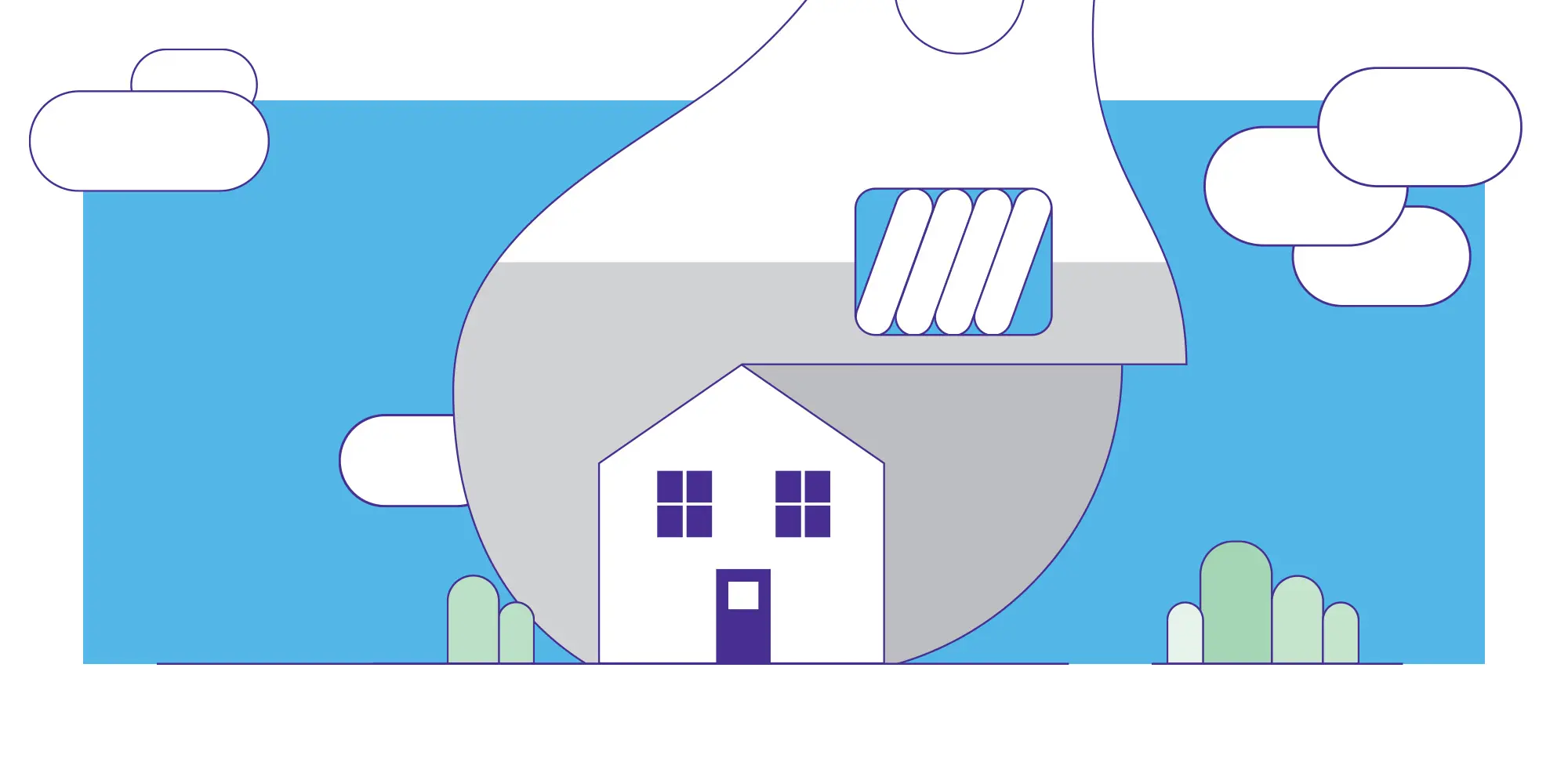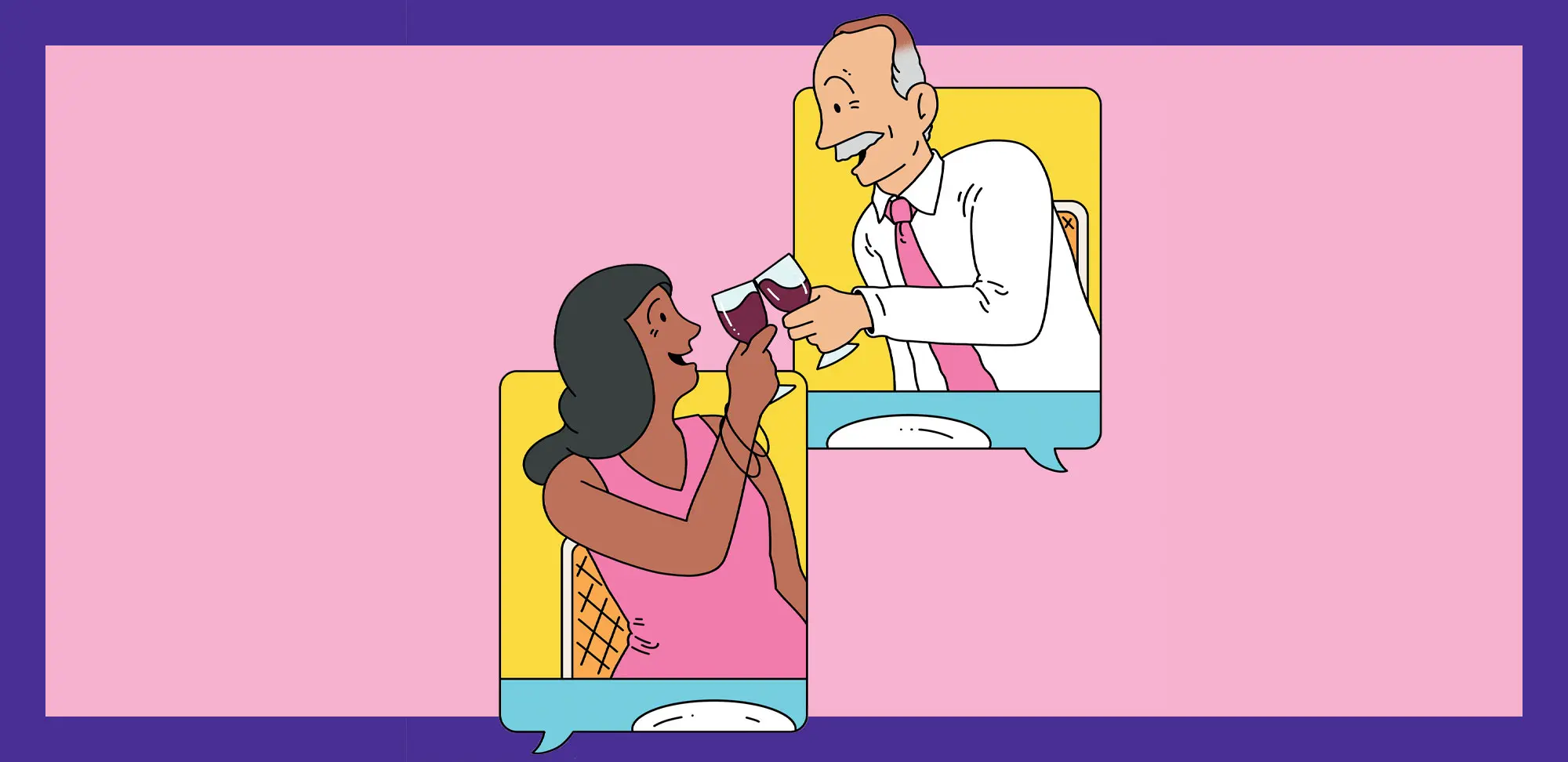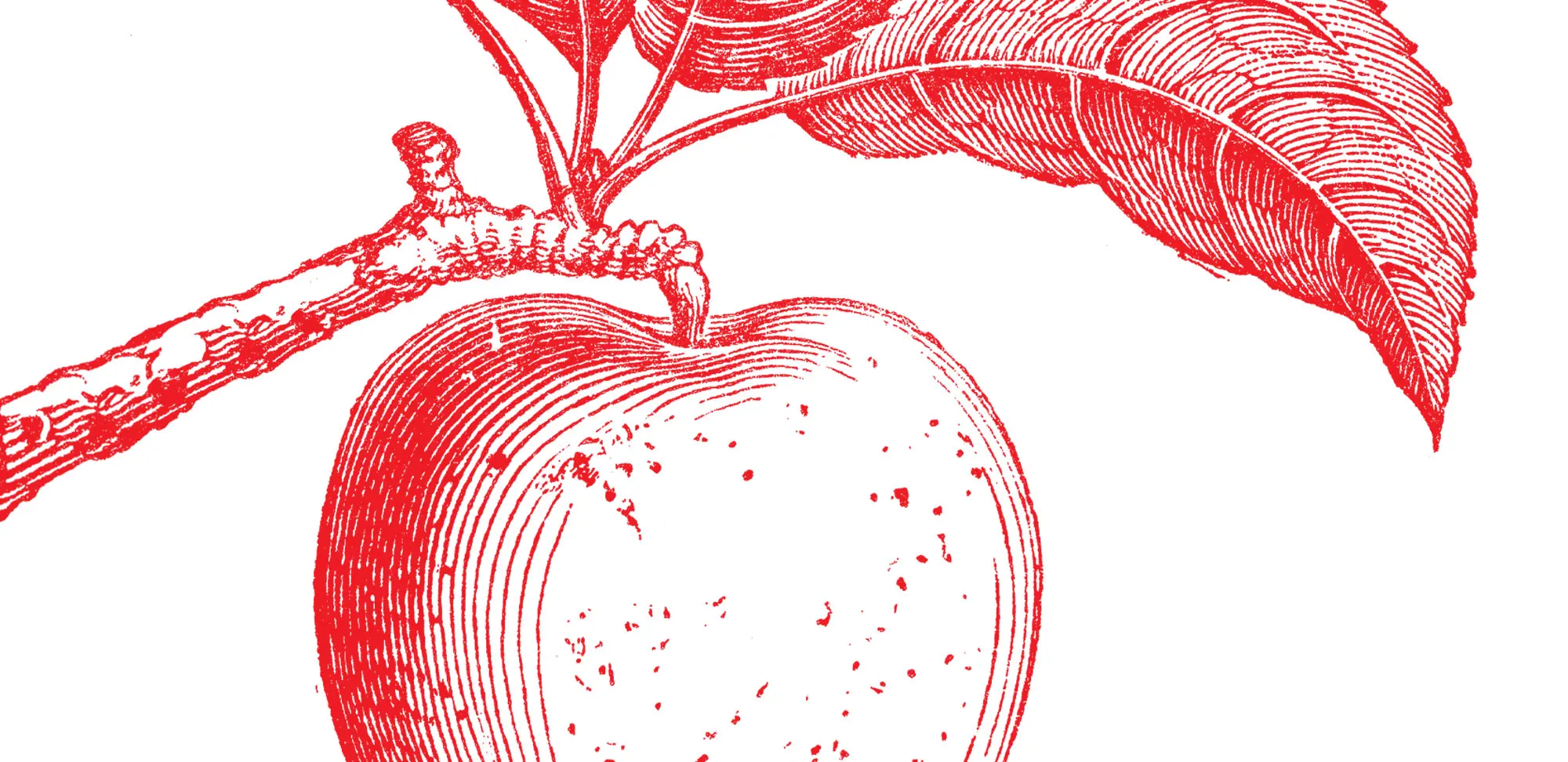DIV is back, and it’s not as hard as you think.
If you dam socks, reuse the waxed paper from your box of Cheerios, and turn used envelopes into scratch pads, your parents or grandparents probably went through the Great Depression. Motto: “Use it up, wear it out, make it do, or do without.”
While that approach may have seemed overly frugal before, you may well be embracing it now.
Supply chain shortages and rising prices are hitting food, gasoline and just about every other aspect of our lives. Two years of the pandemic drove man y of us back to basics: baking bread, knitting or sewing, and doing our own maintenance.
And we’re not just saving money; we’re taking pride in doing it ourselves.
The good news: It’s easier than ever to find inspiration and detailed how-to instructions to DIY. If your own friends aren’t sharing their sourdough starter or your kids aren’t handy, fire up your computer.
Someone who was building her knowledge of DIY tips long before the pandemic is former television writer and host Karen Bertelsen. On her blog, The Art of Doing Stuff (theartofdoingstuff.com), she recalls being a child who “wanted to hammer stuff, open it, take it apart, fix it and recreate it.”
Now, you’ll find tips on her blog for a wide range of challenges she’s taken on, like growing garlic (plant in October), removing stickers from glass (hair dryer and olive oil), hanging something on brick (a masonry drill is key) and choosing and installing a toilet (“one of the easiest home improvement jobs you can tackle”) among them. When she’s faced with something new, she finds out how to do it, jumps right in and improves her skills as she goes.
As Bertelsen says, “I t’s not as hard as you think. You can do it yourself — cheaper, faster, and it will make your life simpler.”
While online personalities like Bertelsen often cover a range of tips, others aim to be the go-to source in a specific niche.
Melissa Maker calls herself “an accidental cleaning expert,” saying she hates cleaning but has cracked the cleaning code. She founded a housekeeping service and hosts a YouTube channel with the same name, called Clean My Space. Here, you’ll find her housekeeper-tested tips for exactly that.
Maker recommends starting with simple cleaning products and working your way up to heavier-duty products only if needed. She creates her go-to spray cleaner by shaking together a squirt of dish soap in two cups of water. Glass cleaner is equal parts water and white vinegar, applied with a microfibre cloth. Tough jobs like tiles get a mixture of equal parts baking soda and dish soap, scrubbed with an old toothbrush.
Her detailed instructions include cleaning shower doors (vinegar helps cut the soap scum), kitchen cabinets (watch out for abrasive cleansers that can damage the finish) and toilets (“glove up and pre-treat”).
Her attitude is “It doesn’t have to be complicated or harsh — you just have to know what you’re doing and have a plan of attack.”
Mark Cullen is the passionate garden guru and author people have turned to for gardening advice since the early 1980s. He and his son Ben share tips online, in an e-newsletter, in newspaper columns and magazines, and on radio and podcasts. In 2016, Cullen was awarded the Order of Canada for his connections with everyday Canadians through his gardening and environmental messages.
Cullen takes a low-cost and environmental approach to gardening DIY. Your neighbours may be raking and bagging leaves, but if you have one, he suggests you rake them onto your garden, “where hungry earthworms will pull them down into the soil next spring.” Lamenting the fact that Canadians throw out too much food, he advises composting and describes what you should and shouldn’t put into your composter (kitchen scraps, yes; oak leaves, no).
What if you don’t have a yard or need greenery indoors, or want some help for those extra houseplants you bought during the pandemic? Cullen has tips for indoor plants for those with a black thumb (pothos and spider plants are “incredibly robust”), branching out to exotics like hibiscus and expanding your collection with cuttings.
Cullen’s philosophy: “Give it a try – and have fun!” We’d love to hear from RTOERO members. Have you mastered any new DIY projects over the past two years? How do you “Use it up, wear it out, make it do, or do without”? Share what you’ve been up to at renaissance@rtoero.ca!
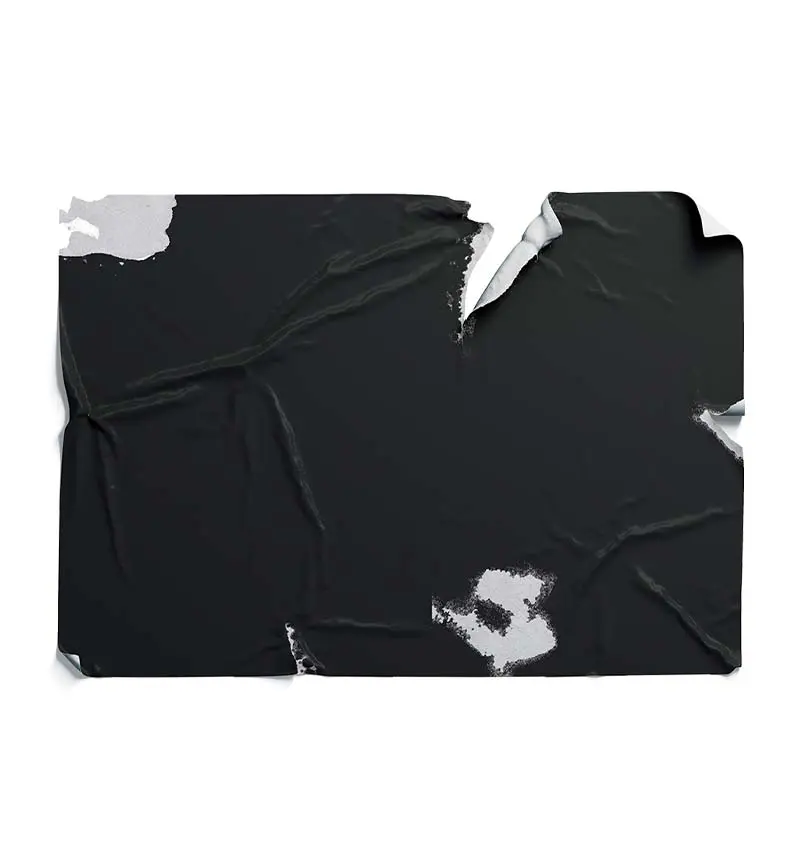
How to remove stickers
Karen Bertelsen (theartofdoingstuff.com)
Materials
- Cotton ball
- Any edible oil
Tool
- Hair dryer
Instructions
- Set your hair dryer to medium or high, point it at the sticker, and heat the sticker up.
- Be careful not to let the glass get so hot that it cracks.
- Pull off the sticker!
Notes
Most stickers won’t require the extra steps I’ve outlined below, but a few will: If some goo remains, use the sticker like a lint brush to remove the residue. If there’s *still* something sticky left, it’ll come off if you rub it with a cotton ball dipped in olive, avocado or any vegetable oil.
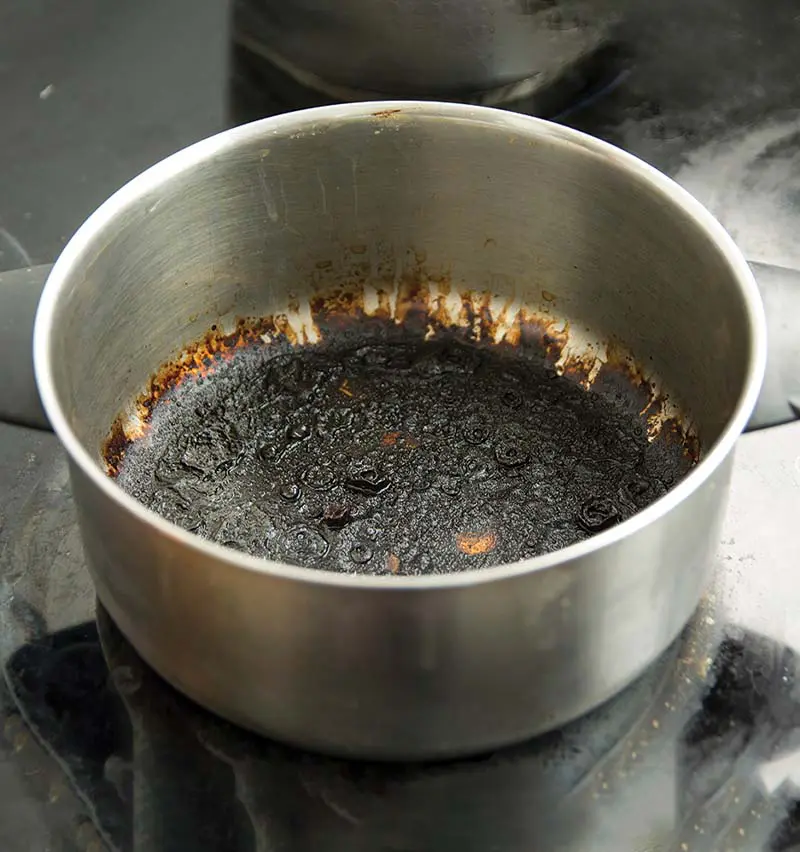
How to clean a burnt pot
Melissa Maker (cleanmyspace.com)
Dishwasher tablets and dishwasher detergents are created specifically to break down food. That’s what makes them so great at tackling stubborn pot burns. But don’t just throw your pot in the dishwasher with a ta blet; try this hack instead.
Scrub as much of the burnt area off as possible. Then, fill your pot with enough water to cover the burnt parts. Add a dishwasher tablet or one tablespoon of detergent. Bring this to a boil and then simmer for 10 minutes. Dump the water and scrub thoroughly. If there are still stains after the first round, repeat until clean.
